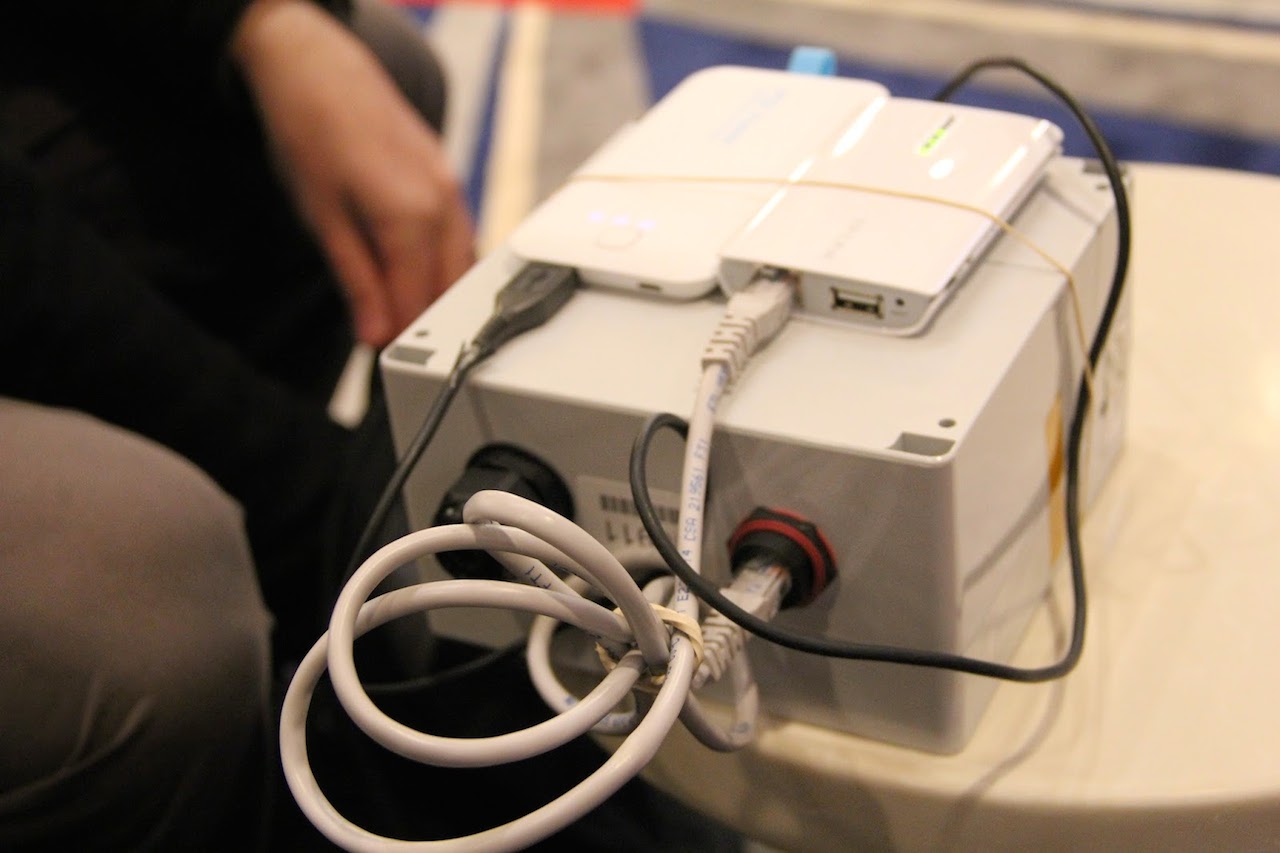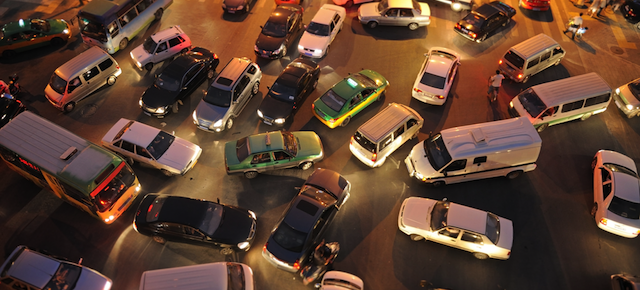Turns out you don’t need a shady lane closure on a major bridge to jam traffic. The sensor and signalling infrastructure on our streets is so vulnerable that all you need to wreak widespread havoc is a laptop.
A scary piece by Wired that reads like the script of Die Hard 4 exposes frightening insecurities in the magnetic vehicle detection sensors used to measure and wirelessly transmit data to local traffic controllers. In fact, it’s just one type of sensor: the Sensys Networks VDS240, which is currently found in the asphalt of 40 US cities. A hacker could intercept the wireless signal and send false data about vehicle flow on a street. In the short term, this could change signal timing at intersections or allow too many vehicles in high-occupancy lanes, causing extensive congestion. But if left undetected,it could affect larger traffic studies and cause engineers to miss making necessary changes to roadways.
The issue was reported by Cesar Cerrudo, an Argentinian security researcher, who reported his findings in a blog post and sent this warning to the Department of Homeland Security:
By sniffing 802.15.4 wireless traffic on channels used by Sensys Networks devices, it was found that all communication is performed in clear text without any encryption nor security mechanism. Sensor identification information (sensorid), commands, etc. could be observed being transmitted in clear text. Because of this, wireless communications to and from devices can be monitored and initiated by attackers, allowing them to send arbitrary commands, data and manipulating the devices.
Cerrudo ran tests in Seattle, New York and Washington DC using a Sensys Networks device he purchased, a wireless transmitter and an antenna to amplify the signal which he mounted on a drone. In each case, he was able to send fake information to the network.

The frightening thing is that the sensors are compatible with any of the systems currently being used worldwide — Cerrudo estimates 50,000+ of them — and are currently growing in popularity to replace the traditional induction-loop sensors on streets.
It’s not an obvious way to mess with a city but if someone was determined about it, they could feasibly change traffic patterns on a very large scale. This would most likely just create headaches, but Cerrudo points out it also could also impede emergency vehicles or cause collisions — putting cities at risk for loss of life. [Wired]
Picture: imageshunter/Shutterstock
